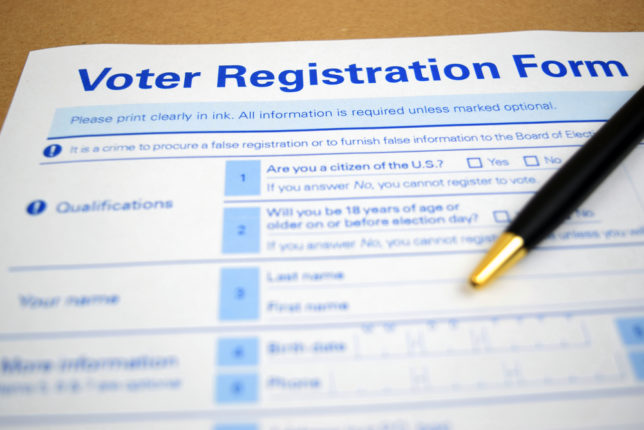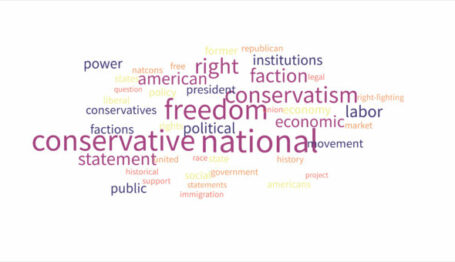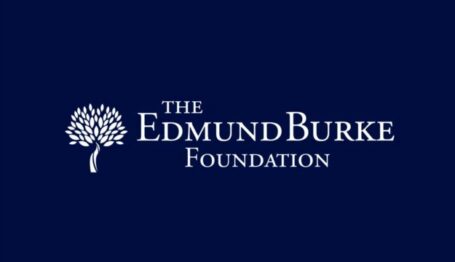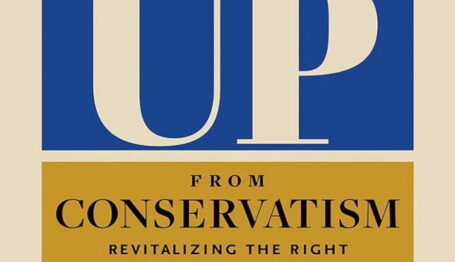Special Report
Charity or Billions for the Left’s Voter Pipeline? How and Why [REPOST]
Best of CRC 2022
 Credit: Castleski. License: Shutterstock.
Credit: Castleski. License: Shutterstock.

Editor’s Note: For the remainder of 2022, CRC will repost some of its best and most influential work from 2022.
Charity or Billions for the Left’s Voter Pipeline? (full series)
How and Why | Parties or Nonprofits?
Cogs in the Machine | Saving Democracy or Democrats?
Why does the United States have a large nonprofit sector? Most countries don’t. Why do Americans award income tax exemptions to the Red Cross, private schools, and local churches? Almost no other countries do. The answer is found in Americans’ unique view of citizenship in a representative republic, rooted in English common law and hence the Bible, the Protestant Reformation, and ancient Western thought.
The Founding Fathers may have established our limited federal government, but the American people had already put those ideas into practice themselves—starting with citizens’ committees formed to solve common concerns such as church- and family-run public education that other nations outsourced to the government. It was with this citizenship mindset in mind—one largely forgotten today—that Congress exempted America’s nonprofits at the same time it established an income tax on everyone else over a century ago.
But starting in the 1960s, leftists and their ultra-wealthy funders discovered that they could take advantage of these privileges to build a tax-free empire of advocacy groups to shape congressional policy and even Congress itself: modern Washington’s permanent activist elite. Conservatives followed suit in the 1980s, creating a network of influential think tanks and perennial lobbying groups funded by a handful of large foundations.
But there’s no question that the left dominates the field of politically active nonprofits, particularly those engaged in mass voter registration drives. Little is more American than voting. Little is less American than using tax-exempt foundations to do it.
How and Why
Common sense might suggest that foundations interested in voter turnout should bankroll get-out-the-vote (GOTV) efforts rather than registration campaigns to get the most bang for their buck. In fact, they fund both, but the most important part is registration.
According to a representative from one right-leaning Christian voter registration 501(c)(3) group, it costs them between $44 and $52 to register a new voter. But once registered—and, critically, once they’ve voted—those individuals tend to vote in the next two to three election cycles and often more on their own initiative. That’s six years of reliable voting for a negligible cost.
But simply mailing people a voter registration application won’t yield results—most unregistered Americans are probably disinclined to vote. A good response rate is 3 percent; 6 percent is excellent (and rare). In practice, registering 35,000 new voters in a given area through the mail means targeting 1 million unregistered people. For most groups that isn’t cost-effective or sellable to potential donors.
The solution is microtargeting. It’s relatively straightforward for nonprofits to purchase names and addresses and check their registration status in a hand-drawn area. Microtargeting techniques are extensively used by marketing companies and political campaigns to direct tailored messages to highly specific demographics. Karl Rove, perhaps the Republican Party’s most prolific registration expert, pioneered microtargeting in the 2004 election to reach voters in 18 states, with stunning results—reaching 92 percent of Bush voters in Iowa (versus 50 percent in 2000) and 84 percent in Florida (versus 50 percent in 2000).
Nonprofit VOTE, a Massachusetts-based group funded by the Ford and Tides Foundations to provide GOTV research, analyzed 180 nonprofits active in “voter engagement” in battleground states during the 2020 election. They found that those nonprofits reached over 25,000 voters—36 percent of whom hadn’t voted in either the 2016 or 2018 elections—yielding nearly 1,400 new vote-by-mail applications, 9,600 voter registrations, and 13,600 pledge-to-vote cards.
Thanks to sophisticated microtargeting techniques, “voters of color” made up 22 percent of all registered voters but 53 percent of the voters targeted by these GOTV groups. This unreached demographic is also far younger (18–24) than the typical unregistered American, with an average income of less than $30,000.
Each of these demographics was 4 to 7 percent more likely to turn out in elections after being targeted by a liberal GOTV group—potentially tens of thousands of votes, more than the margin of victory in many hard-fought states.
Registration on this scale isn’t cheap or easy, so naturally the left aims to engage as many of its organizations in voter registration as possible. Nonprofit VOTE observes:
There are just over 1.8 million nonprofits registered with the IRS . . . [including] many groups that Americans don’t normally think of as a ‘nonprofit,’ like foundations, business associations, labor unions, veterans organizations, churches, educational institutions, and others….If 20% of these remaining nonprofits do voter engagement, that translates into 170,000 voterized nonprofits….For foundations and donors, you can take steps to create space for your grantees to do voter engagement….Consider providing direct funding for such targeted work [emphasis added].
In the next installment, the Left uses 501(c)(3)s to target likely Democratic voters.
This series was originally posted on September 28, 2022.



